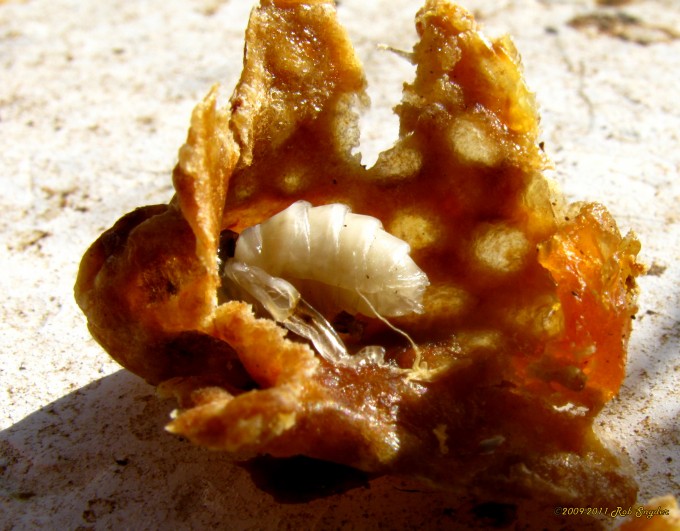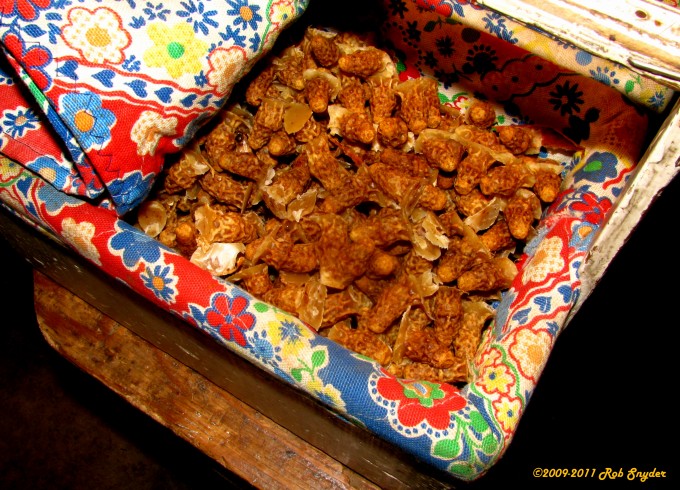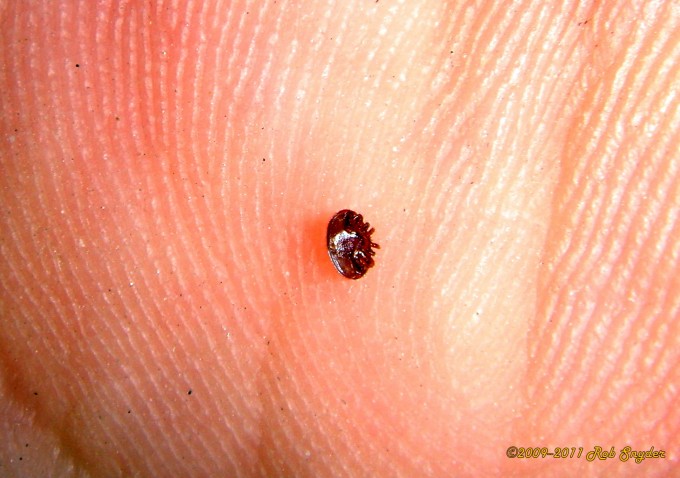
So what is a virus? A virus is an infectious agent that parasitizes a host cell to replicate. Viruses can cause clinical symptoms, larvae death, or no symptoms at all. BQCV is caused by a virus in the family Dicistroviridae. BQCV is in the genus Cripavirus, which is different from other viruses like Acute Bee Paralysis Virus (ABPV), Israeli Acute Bee Paralysis (IAPV) and Kashmir Bee Virus (KBV) in the genus Aparavirus. Dicistroviruses infect many common insects like ants, bees, flies, leafhoppers, and aphids. The queen production industry is more likely to see this virus (hence its name) but it is still found in smaller operations. Indeed, in most surveys (including the BIP), BQCV is second only to Deformed Wing Virus (DWV), the well-know calling card of varroa. As its name indicates, the BQCV virus primarily attacks developing queens. The virus can still be found in workers and drones, but they do not appear to have any symptoms. This virus is typically detected by PCR, or polymerase chain reaction, a common molecular technique that amplifies the unique genetic signature of the virus.

Queen larvae, when infected, will die and turn a pale yellow color. The larvae will then darken, turning from brown to black. Interestingly, because it is unusual for most pathogens, BQCV kills its host larva at different stages of development, so the remains can be seen at any point after cell capping. Once the larvae are black, you may notice that the outside of the wax queen cells will have a black “oily” spot on them, indicating a dead larva inside. BQCV has been associated with nosema and other viruses, but it is unclear if nosema actually vectors (directly transmits) the virus or if the gut parasite merely takes advantage of an already sickened larva. Varroa infestations have also been linked to BQCV in the workers.

Symptoms:
• Larvae/Pupae turn pale yellow with tough skin at first, similar to Sacbrood Virus, but in queen larvae only.
• Larvae/Pupae then darken from brown to black. At this stage the exterior of the cell wall will appear to be dark.
• If one queen cell appears symptomatic, ‘candle’ the remaining cells in the same graft to inspect them for proper development

Remedies:
Unfortunately, as for almost all viruses, there is currently no vaccine or medication for BQCV. The following practices may help hinder the spread of the virus: Sanitation of grafting tools (in ethanol or by flame), control of varroa and nosema, and well-fed Breeder, Starters, Cell builders, and Mother colonies. I have also heard from beekeepers that antibiotics like fumagillin or even Terramycin (oxytetracycline hydrochloride) can clear up BQCV symptoms, possibly because it disrupts the potential interaction with nosema disease.
